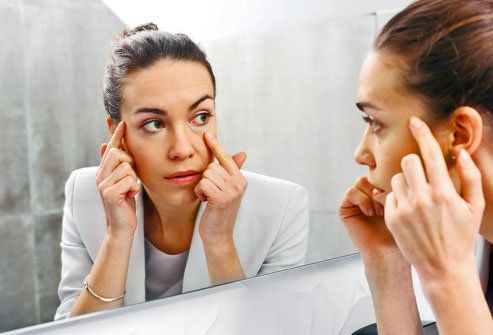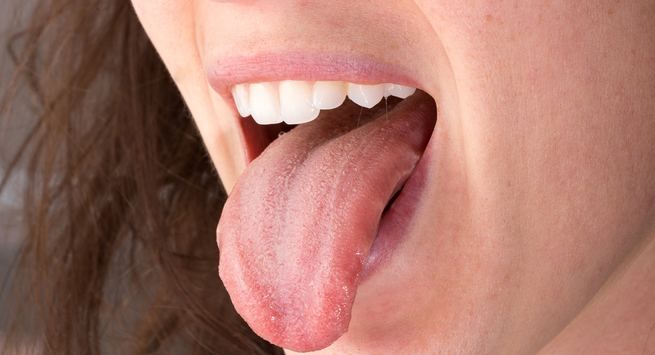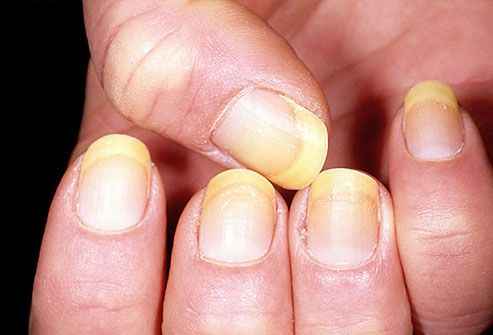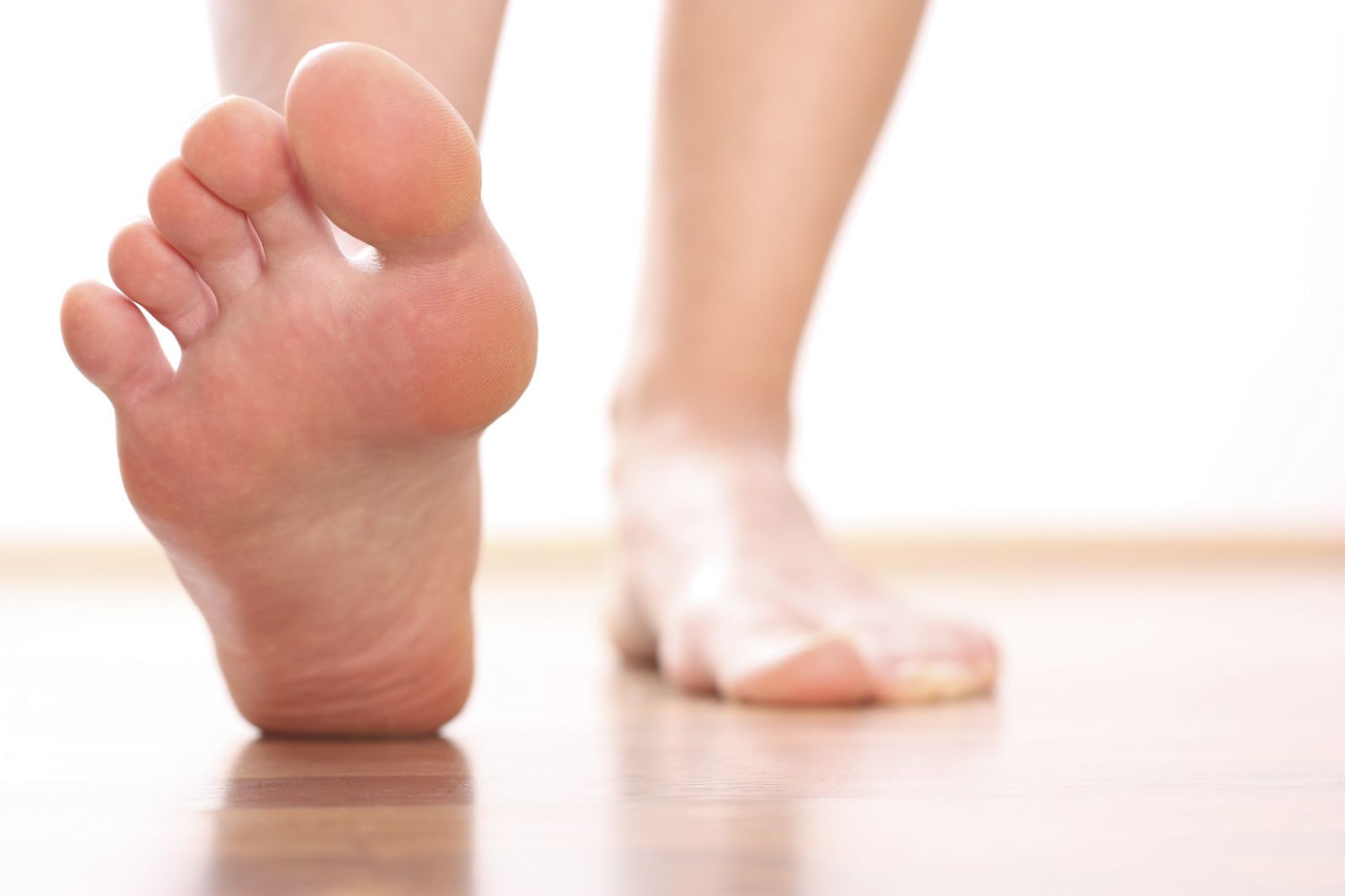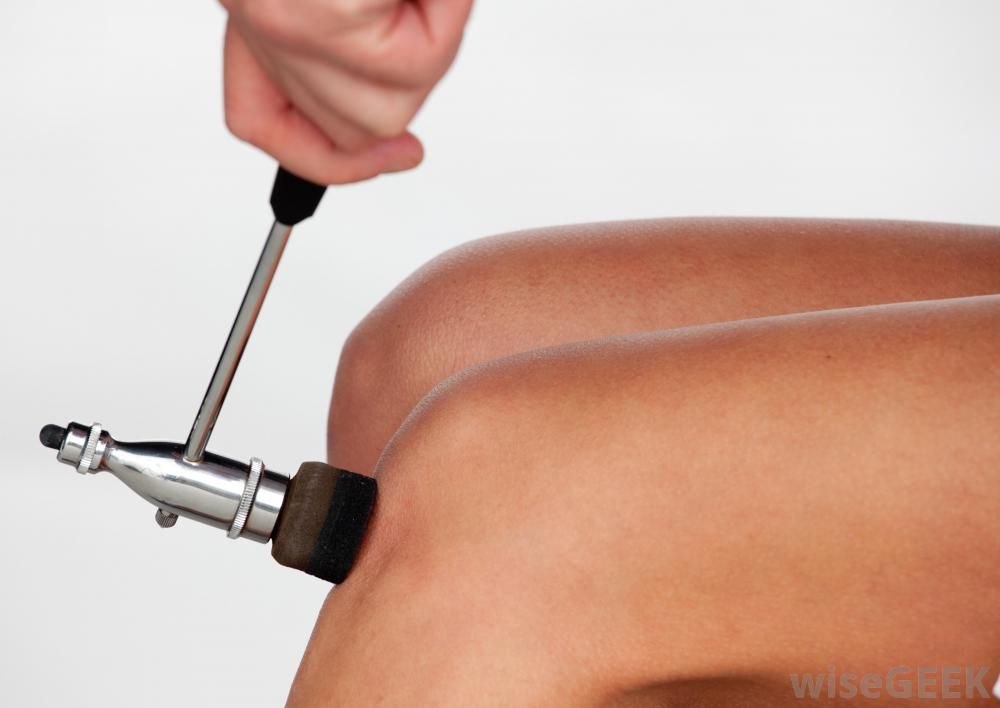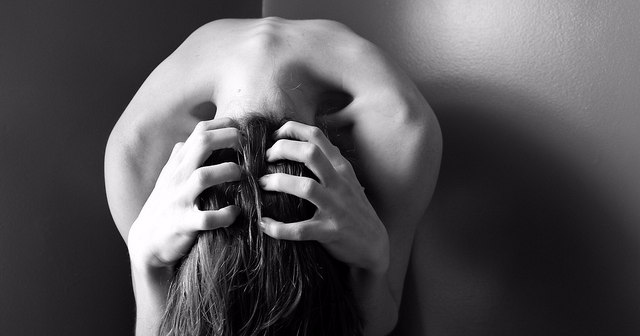That annual physical exam your doctor urges you to book may not be necessary if you're feeling okay.
Most of the things they check for can be examined right in the comfort of your own home.
You only need a little bit of medical expertise and a strong gut-feeling to know when something is amiss, and we're here to guide you.
This will only take you a few minutes to read, and the process can save you a lot of time and money.
Keep in mind, if you notice anything wrong with your body, make sure to go and see your doctor as soon as possible.
Skin
The largest organ of the human body has a language of its own, and learning how to understand it is not rocket science.
Go into a sunlit room and inspect your skin in a mirror. If your face looks blotchy, you may be suffering from a hormone imbalance, which can possibly lead to ovarian cysts.
Blind pimples, which have no opening, are usually caused by a poor diet or your facial moisturizer.
Make sure you're eating right and check with your doctor to see if you have any food intolerances.
Now it's time to check your moles.
You'll definitely want to pay close attention to the moles all over your skin to see if they've grown, have become darker, or have started to bleed.
If this is the case, you'll need to see your doctor to make sure you don't have not skin cancer.
Eyes
The eyes should be referred to as the window to your health, rather than the window to your soul. The slightest incongruity or change in color can say a lot about your overall well-being.
Pull down the bottom of your eyelids one by one and look at them underneath.
If they're pale, you're most likely suffering from an iron deficiency. Other symptoms of anemia include unexplainable tiredness, headaches, dizziness, and shortness of breath.
Closely examine the whites of your eyes and see just how white they are. If they're yellow, you could be suffering from a liver disease.
Any sign of tear, scratches, or spots on your cornea should be treated by a doctor as soon as possible.
Here are other areas of your body you need to keep tabs on:
Mouth
This is where things can get a little gross, but just remember that an ounce of prevention is worth a pound of cure!
If your throat doesn't hurt and you find tonsil stones, which are balls of bacteria and debris that build up at the back of your throat, you shouldn't be worried. They're quite common, and the best thing you can do is let them slide out by themselves.
White spots on the inside of your cheeks and your tongue are a sign of oral cancer. If you're a smoker or drinker, you definitely don't want to take this symptom lightly.
In terms of your breath, a foul odor could be a sign of all sorts of things.
If it has nothing to do with what you just ate, it could be an indication of tonsil stones. If you can't see any, and the odor smells different than morning breath, it could be a sign of gum disease.
Nails
Whether it's the nails on your hands or on your feet, any kind of irregularity indicates something about your health.
Pale nails are usually a sign of anemia. Press hard on your fingernail and let go. If it doesn't go back to its normal light pinkish color immediately, you could be suffering from an iron deficiency.
Yellow nails are usually a fungal infection, but they can also indicate something as serious as a thyroid condition or diabetes.
Nails that look like they have ripples could be an early sign of inflammatory arthritis or psoriasis.
Any kind of dark lines could be a sign of skin cancer.
Feet
The last place we look when we think about our health is our feet, but it shouldn't be.
If your feet hurt right when you wake up, this could be a sign of arthritis or plantar fasciitis, which is a condition caused by inflammation.
If your feet are always cold or numb, this could be a sign of lack of blood flow, indicating a weakened immune system or glandular imbalance.
Athlete's foot or any kind of fungal growth should be monitored and treated carefully. Same with cuts and sores.
Heart disease is one of the top 10 leading causes of death, so make sure you don't skip this one...
Heart

By checking your heart rate, you can easily figure out if there's something amiss with your heart.
Find your pulse by placing two fingers on your wrist or neck. Now you want to count how many times your heart beats in one minute.
If your heart skips a beat or is beating faster or slower than somewhere between 60 and 100 beats per minute, talk to your doctor.
A weak heart can cause a host of health problems.
Reflex
Every time you go in for a check-up, at some point your doctor taps your knee with something that looks like a small hammer.
If you're knee jerks forward, that's a good sign. If it doesn't, it says something about how your nerves communicate information to your brain.
Reflexes are supposed to unconscious, but when they're not able to be kicked into gear, it may be a sign of nerve damage damage or a cerebellar disease, which can result in movement disorders.
Have someone do this test on you for best results, but make sure they tap you gently!
Breast
As a woman, you should be doing a self breast exam at least once a month.
Facing a mirror, take off your clothes and stand upright. The changes you want to take note of are any sign of redness, dimpling, bumps, or scaliness of the nipples.
Raise your arms and look for any of these signs again.
Next lie down and raise one of your arms above your head.
Starting from the top of your armpit, use the middle finger of your opposite hand to feel the breast. Repeat the same process by raising your other arm.
If you notice the slightest incongruity, you should see your doctor to get further tests done, like blood work.


